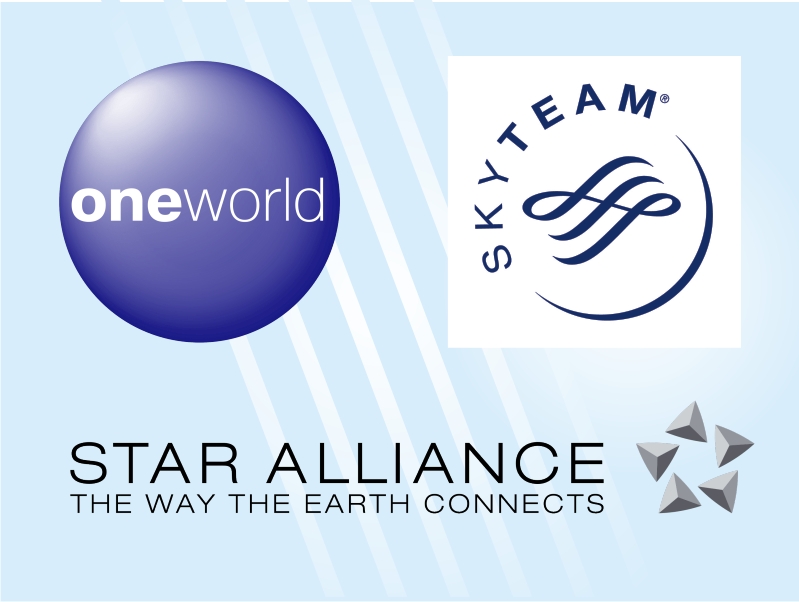
 2020-02-01 14:00:00
2020-02-01 14:00:00
Airline Alliances are partnerships between or among airlines between two or more airlines agreeing to cooperate on a substantial level. Within these collaborations, airlines can share resources, pick up or extend partner routes and even offer the ability to earn and redeem miles through each others’ rewards programs. Alliances may provide marketing branding to facilitate travellers making inter-airline codeshare connections within countries. One specific example is that members with Star Alliance Gold status can take advantage of Star Alliance lounges in airports around the world. This branding may involve unified aircraft liveries of member aircraft. There are three of them: Star Alliance, SkyTeam and Oneworld, in order of size. They make connections and mileage collecting and spending easier. Since their appearance in the late 1990s, they have been a welcome innovation for flyers who have elite status, which gets recognized by all partner airlines.
“Alliances offer more city pairs, service frequencies and the ability to seamlessly shift from domestic to international flights,” said Richard Aboulafia, vice president for analysis at the Teal Group, an aviation consulting firm. “All without having to change brands, terminals or airports.”
Airline alliances evolved mostly as a result of globalization. “With new manufacturing facilities in China and major markets opening in Europe, travellers suddenly found themselves with far different needs than in the past,” said Christian Klick, vice president of Star Alliance, the oldest and largest such group. “Alliances created a new global reach to satisfy these burgeoning traveller demands.”
Codeshare Flights: Many airlines decide to join an airline alliance because it makes codesharing possible. This means that an airline can publish and market a flight under its own airline designator and flight number, when it may be operated by multiple airlines. This effectively boosts the number of destinations that an airline can offer. Have you ever flown an itinerary that was booked through one airline but operated by another? You can thank an airline alliance agreement. Codeshares allow customers to book a larger variety of flights directly through one airline than that airline operates by itself. This means that long-haul or multi-connection tickets can be booked all the way through with the same airline, even though the flights may be operated by multiple airlines.
Going somewhere your airline can’t quite get you? Does your airline not have a flight along one leg of your journey that works for your schedule? One of its alliance partners might. Instead of booking multiple itineraries, you can book one itinerary with multiple airlines that are partners. Codesharing also means that travellers have a wider range of departure times and that travel times are often significantly reduced thanks to this optimization. Airport lounges are also more comfortable and can be shared by airlines.
Similar logic that informs codeshares informs the earning and spending of Points and Miles. Every time customers fly, they accumulate points for future travel discounts as well as other benefits. The main benefit for the customer is that for every flight, the airline rewards air miles (often called points) that discount the cost of future flights.
Other benefits for customers include discounts on services related to flights, such as baggage or seat selection. Customers on a frequent-flyer program often have priority on travel class upgrades, access to airport lounges, early boarding and more. Frequent-flyer programs are often used in collaboration with credit card companies. When a customer uses the credit card for purchases, they receive points in their frequent-flyer club.
Not only is it possible to redeem your miles for flights on partner airlines, but membership status offers benefits across multiple airlines within an alliance too.
Perhaps the most important aspect of an alliance is the centralization of customer relations. Flying multiple airlines with multiple codes can cause a major headache if something goes wrong in the middle of your journey—especially when the airlines don’t communicate with one another.
Alliances enable airlines to communicate and operate with centralized customer relations such that when things go wrong, one airline’s customer relations can adjust, fix, rebook or otherwise repair the itinerary with minimal hassle.